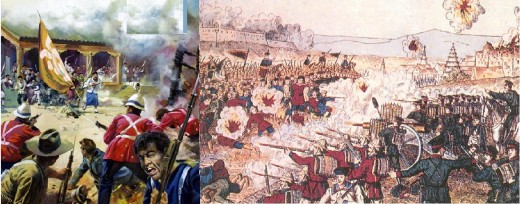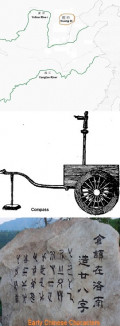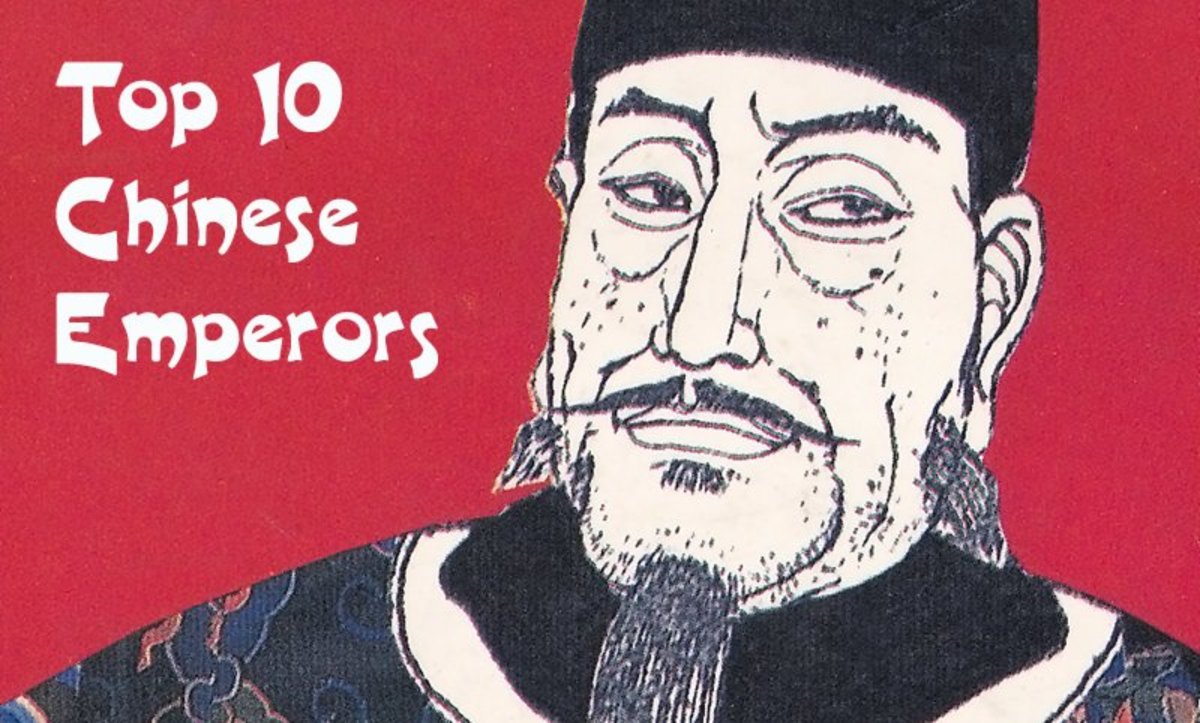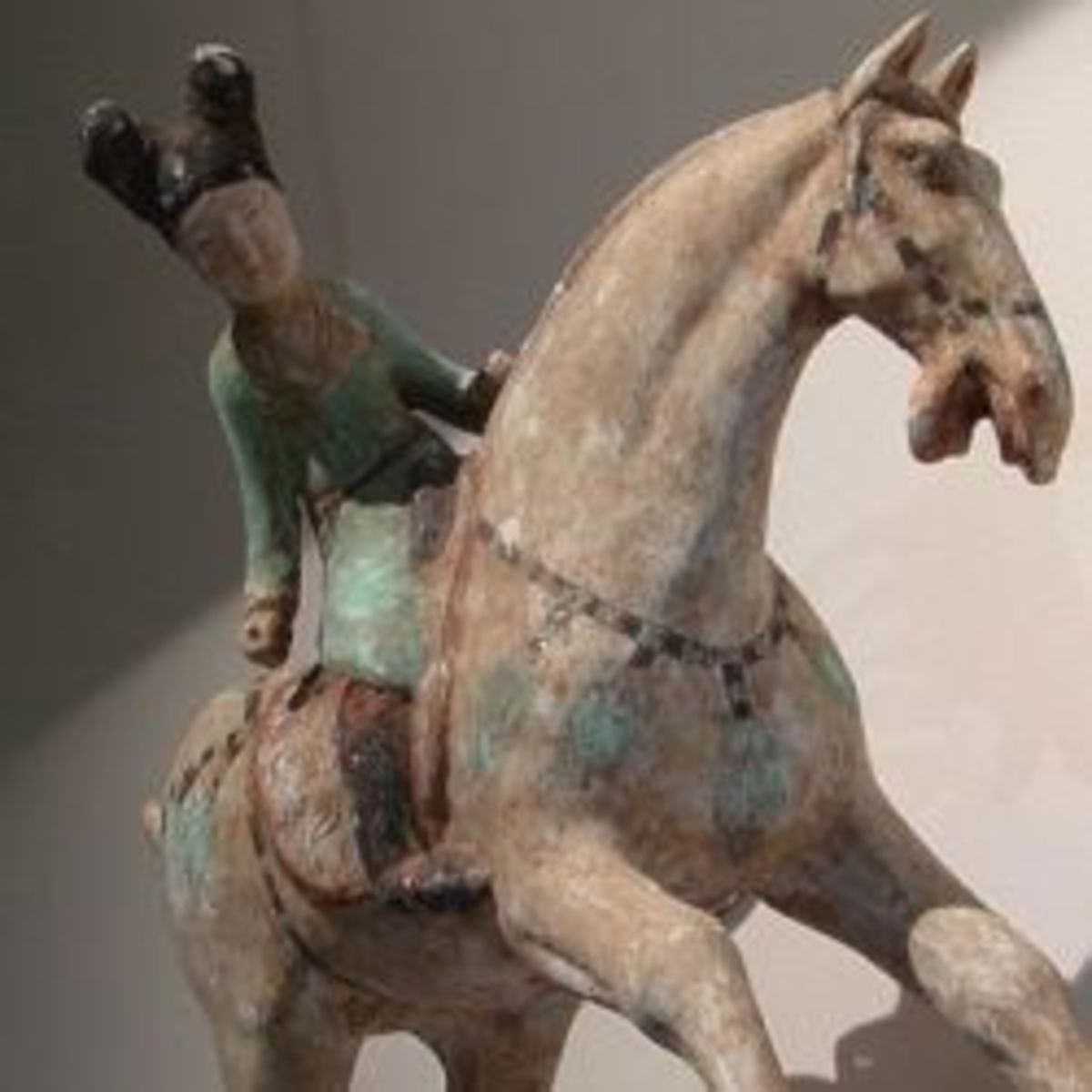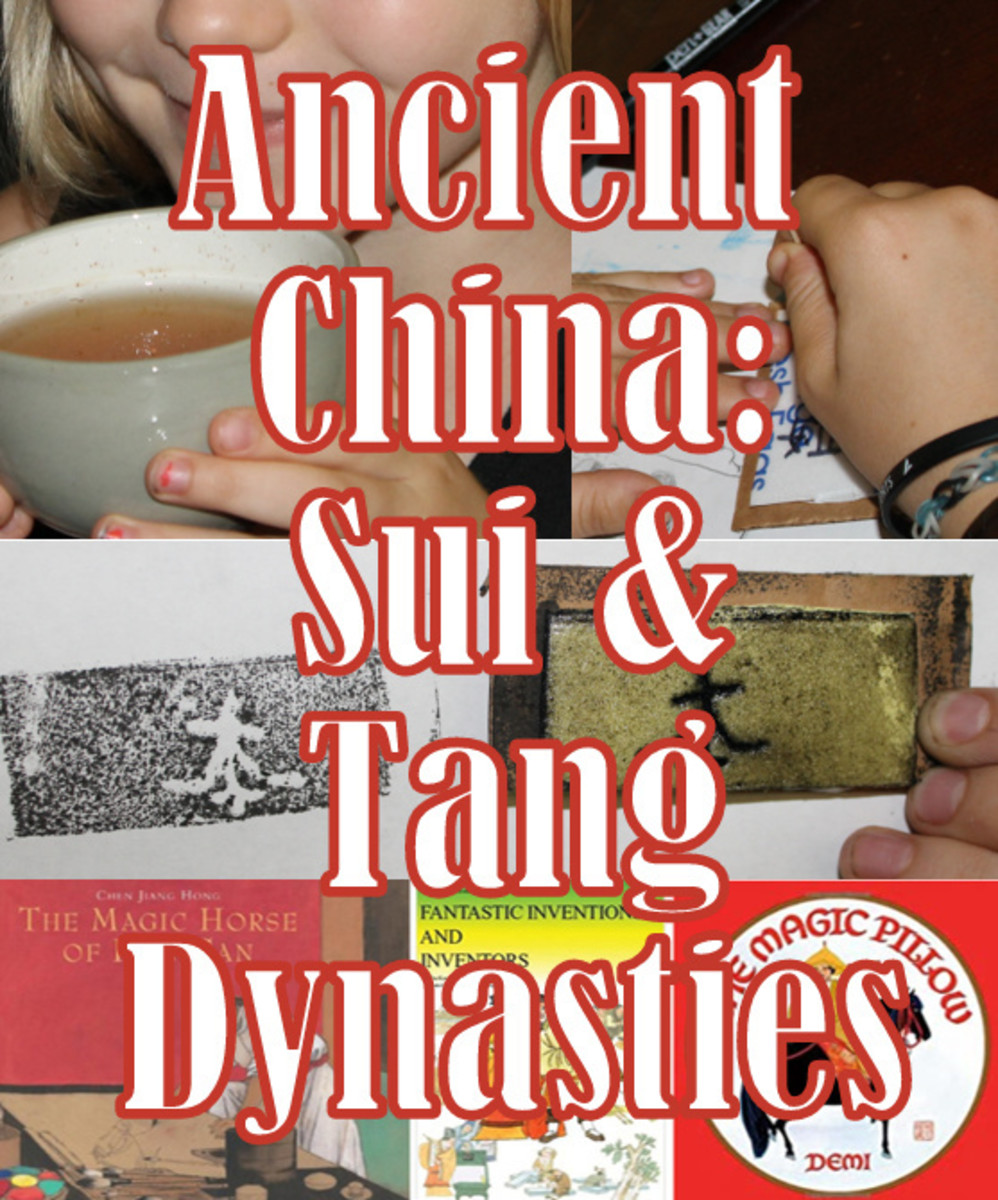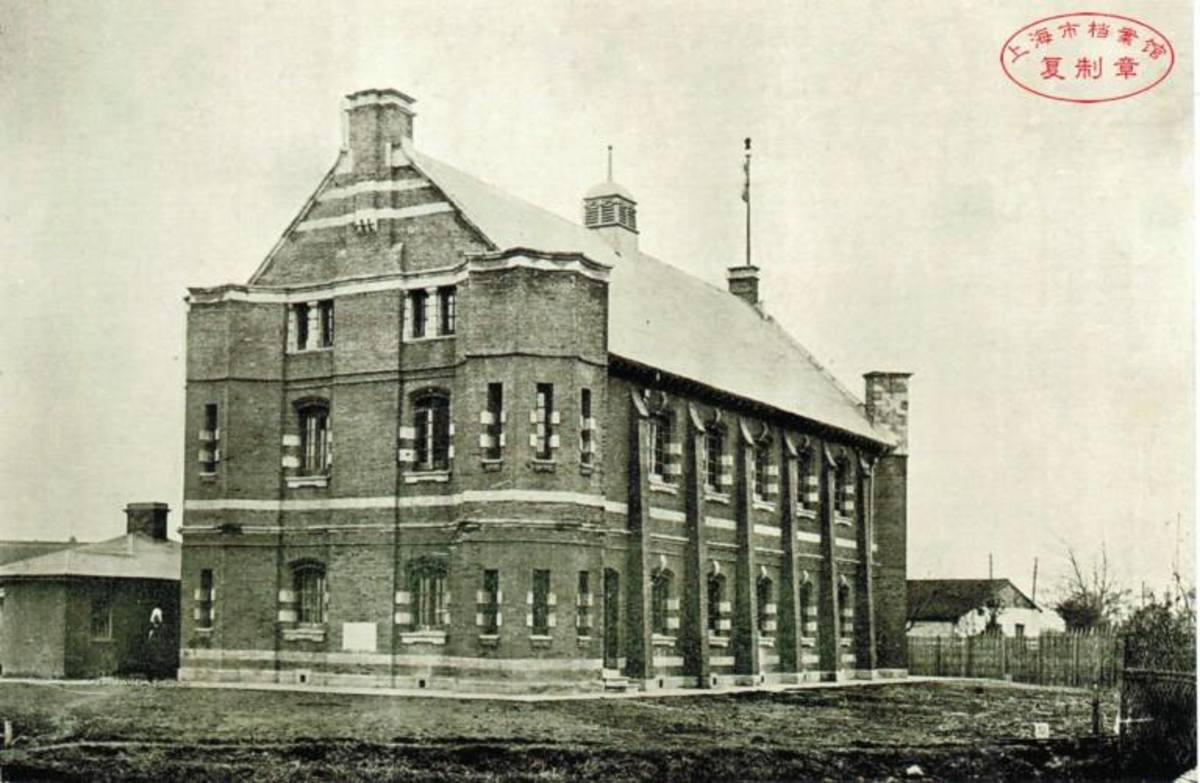- HubPages»
- Education and Science»
- History & Archaeology»
- History of Asia
5000 years of Chinese History at a Glance, Part 1
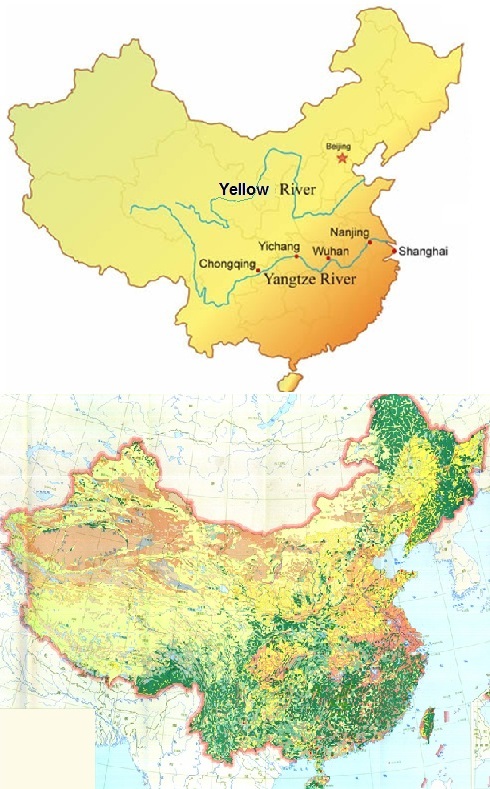
China is the only country in the world that can trace its history for more than 5000 years continuously without interruption. What was the secret? How did the Chinese people hold its civilization and identity intact over the millennium enduring natural catastrophes and foreign invasions?
Origin
Chinese civilization was originated in Asia in a land mass with fertile plains and temperate environment year round. Two great rivers – the Yellow River and the Yangtze River – running from the west to the east nourished its people with abundance. These ideal conditions freed the Chinese people from worrying about their livelihood to have time to contemplate a life of self discipline and proper behavior, family unity and continuity, and loyalty among fellow men and obedience to the laws of the land. Chinese people lived their life abiding to the strict teachings of Confucius which were documented in writings and books and were the required studies at schools. After the destructions caused by a natural catastrophe, the Chinese people always thought that was Nature’s way of punishment for living a life out of order. So, they corrected their ways and rebuilt for a better life. The Chinese had been invaded and ruled by the outsiders, the Mongol during the Yuan dynasty and the Manchu during the Qing dynasty. But, both outsiders embraced the Chinese way of life and were absorbed by the Chinese culture. Today, both the Mongol and the Manchu are part of the Chinese ethnic group.
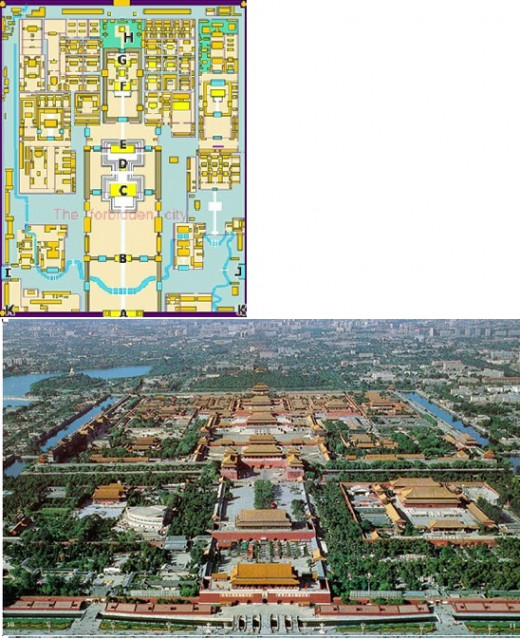
Dynasty
The first 3 rulers took power after they brought order to an untamed land and provided safety and order to the people. After the Shia dynasty, as the kingdom got bigger and his power more pervasive, the ruler started to consider the land and people his own personal property and passed them on to his son. It was not until the Chin dynasty when the ruler wielded absolute power over his dominions and proclaimed himself emperor for eternality. His orders and wishes were to be carried out without questions. The dissenters risked death not only to themselves but also to the immediate family members. After the emperor died, by tradition, the elder son was accented to the throne. If the emperor had no son, then either his brother or other family members were the choices. To ensure orderly transition of power within the family, the emperor usually appointed his successor while he was still alive.
Revolt
The emperor might consider the kingdom he ruled his own personal property. When he did not treat his subjects with respect and justness causing them to live a life of constant fear and hunger, people would revolt in an uprising and overthrown the incumbent emperor. The new ruler would understand that he was really the servant of his dominions.
Sphere of Power Influences
There were usually 3 spheres of power influences that determined how the country was run. Even though the emperor had the absolute power, he relied on a few closed and trusted advisors to help him make the right policies. They were:
1) The eunuchs – they not only served the emperor and his concubines but also carried out the emperor’s orders and acted as the only contact outside the huge royal palace . Since the eunuchs had no desire for women and their life was considered dispensable and worthless, some of them were desperate for influential power to gain respect and ensure better chance of survival.
2) The empress' family – As a favor, the emperor would grant important official post to the empress’s family members. Even though it was forbidden for the empress to be involved in the official matters, with her family members, they could wield considerable influences.
3) The imperial court officials – They were the administrators of the various branches of the governments. Most got the positions through official examinations or promotions. They were responsible for the enforcement of the emperor’s policies and make sure that the country was run properly. On a daily basis, they reported to the emperor major events and advised corrective actions. When the emperor’s new agendas were inappropriate, they would do their best to make the emperor change his mind.
With a strong, knowledgeable, and just emperor, he could keep all spheres of influence under control and steer them to the good of the country. Unfortunately, the next emperor was chosen by bloodline not by capability. Sooner than later, a weak or invalid successor would be in power and all hell would break loose as the three groups jockeying for influences. The result was that the country would be run at the individual’s interests and turmoil would ensue. The only eventuality was a change of the imperial bloodline, thus, the birth of a new dynasty.
Transition
During the transition from one dynasty to another, it was usually a time of unrest and civil war where innocent people died and properties destroyed. It would take several years for the new emperor to restore peace and prosperity whence people could again enjoy a normal and productive life. Beside civil war, the country might also spent considerable times fighting off the barbarians from the north-east (the Manchus), the north (the Mongols), and the north-west (the Tatars). Building the Great Wall was a somewhat effective endeavors which was expensive and time consuming.
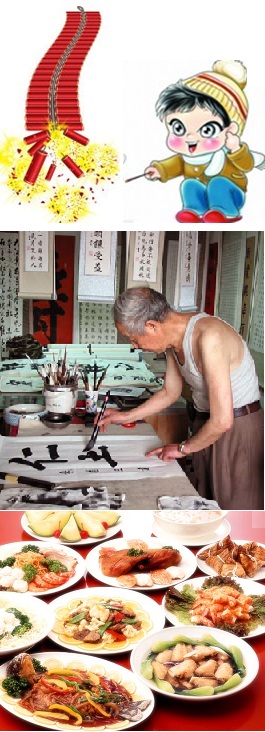
Modernization
During peaceful times, the Chinese people invented the paper so that they could write poetry/ paint/practice calligraphy, the explosive so that they could make fireworks to celebrate happy occasions, and thousands of cooking recipes to satisfy their taste buds. The Chinese people never saw the need to design weapons of mass destruction and invading infrastructures to conquer countries beyond the horizons of the land and sea. Unfortunately their contentment with the ancestry ways of life and the resistance to the political and social changes brought on by the West’s Industrial Revolution, the Chinese people were caught totally unprepared when the western nations armed with advanced weapons and battle strategies arrived at the doorstep demanding trades and culture exchanges in the late 19th century. What happened next would cause every Chinese people’s heart to bleed whenever they think about them even to the present day. Just like in the past, the Chinese civilization survived the brutal and merciless foreign invasions but paid a dear price for the torturous journey to modernization.
Stay tune for 5000 years of Chinese History at a Glance, Part 2 .
